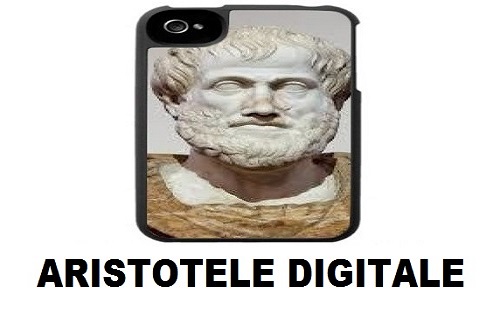Continuum and discrete
A distinction that may originate even from a certain interpretation of Genesis. Digital works for and in the discrete, while we have become accustomed to thinking in the continuum, if only because our finiteness, our singular life, inevitably has a beginning and an end. So much!
Discrete means that the elements that make up a hypothetical whole (or what appears to us as a whole) are isolated (quantum) and can establish infinite relationships with all others (an entaglement). The relationship itself can be considered as a given, a quantum.
Continuum means that there is a linear relationship, of necessity, evaluated as rational (temporal, spatial, ….. historical?) between each element and what precedes and follows it. In this case we give a beginning, a creation and an end, a fulfillment, while in the continuum there is no center, there is no limit, neither external nor internal: the center is everywhere and its circumference nowhere.
Creation and nterpretation of Genesis
It is significant that we could use to understand the game in play between continuum and discrete the Genesis, or better the interpretation of Genesis that the Kabala makes: there is not only one creation, but two, so there is a continuous creation, which always returns on itself, like in feedback.
Let’s consider the following verses of Genesis, which is obviously a cosmogony:
” So, the heaven and the earth and all their ornaments were completed.
Then God, on the seventh day, wanted his work to be done and abstained, on the seventh day, from every work he had done.
So, God blessed the seventh day and consecrated it, because on it he had ceased from all work he had done by creating” (Gen 2.1.3.)
With Saturday the creation comes to fruition. Saturday is the foreshadowing of the world that comes and will come. It is the Saturday which blesses, sanctifies, reveals the world as God’s creation.
In this interpretation of Genesis, there is the creation of the “before” that ends in the creation of the man as an image and likeness; there is a creation in the fulfillment, the one of the seventh day, of the Saturday and this has no image neither produces images.
By metaphor the first is material, the second is spiritual; the first is factual, the second is conceptual; the first is in fatigue and pain, in the “crisis”, the second is in joy, glory or redemption; the first has a direction: the escathon, the second is aimless, without any purpose, beyond space and beyond time.
But if creation is not one but two, perhaps, then, creation is continuous, and this obviously poses complicated questions both to philosophy, theology and classical physics, but not to quantum physics and, much less, to digital.








